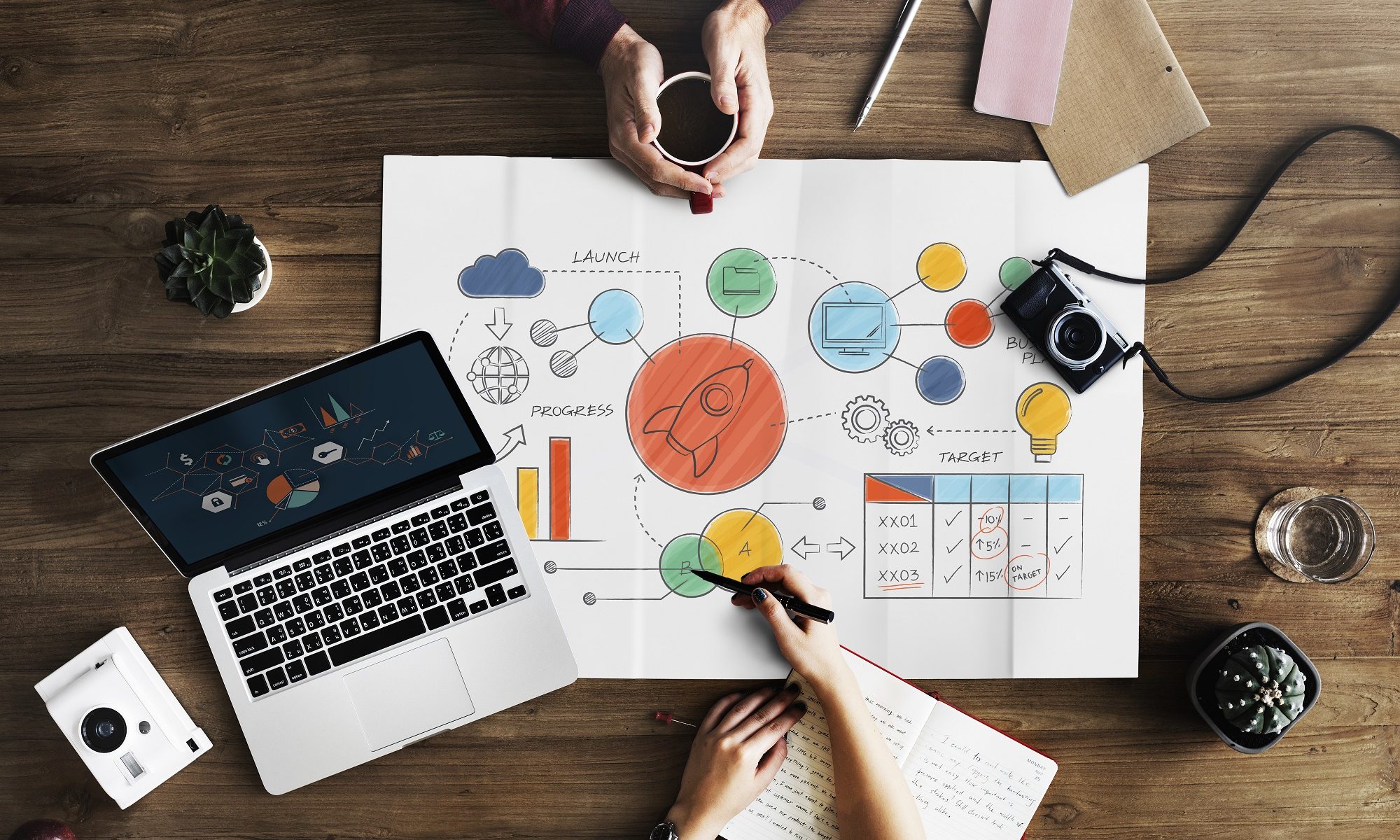I wrote about a table tablet at a sushi restaurant in Japan in the last blog post. Then I noticed that the number of table tablets in restaurants are increasing in U.S. As a customer, it is very convenient because I can do everything at the table from ordering to checking without any service done by a waiter or a waitress. I on the other hand miss the conversation with them.
One of the reasons why installations of table tablet have advanced could be the cost of the system. The hardware cost is decreasing dramatically as well as the software cost. But there could be another reason. When I was thinking the reason, I found an article in the QP magazine published by ASQ.
Current status of table tablet at chain restaurants in U.S.
According to the article, Applebee’s has installed 100,000 units in these two years, Chili’s has installed the table tablets at 823 restaurants, Olive Garden is going to install the table tablets at 800 restaurants, and Panera is installing the table tablets at 100 restaurants.
Effects of table tablets
The restaurants which installed the table tablets reported that the table tablets were effective on efficient restaurant operation and increasing of a unit price. And the customer staying time at the table with a table tablet was 10 minutes shorter on average because of less waiting time for payment. The shorter staying time also contributed to the higher turnover ratio of the tables.
Panera reported increasing $5 of a unit price because of less ordering misses. Chili’s reported increasing 20% of orders because of easiness of direct order from the tablet, especially increasing 30% of dessert orders.
The orders at the restaurants increased because of the menu pictures on the tablet and easiness of ordering without worrying about a waiter or a waitress.
Reputation by customers
70% to 80% customers preferred to the table with a tablet, rather than a common table service.
Data collection from cutomers
Chili’s used to conduct a survey by printing a website address on receipts. But the survey return ratio was around 1%. After using the table tablets for survey, the survey return ratio was increased to 25%. The increased feedback data from customers also contributed to the customer pattern analysis and the trend analysis. The number of staffs and the staff allocation can be done instantaneously using the data.
Big Data
The table tablets can collect enormous data. Analysis of big data is the next challenge. A trend of customers shows that they order a drink in five minutes after seating and play $1 game. What kind of game should be recommended? Such kind of challenge has already started.

